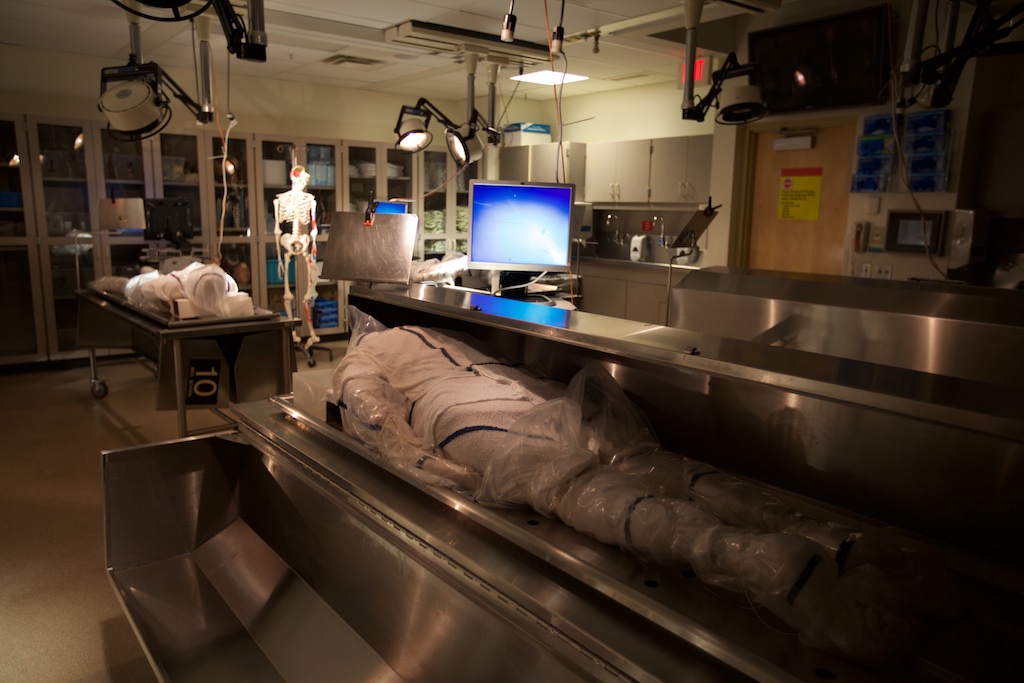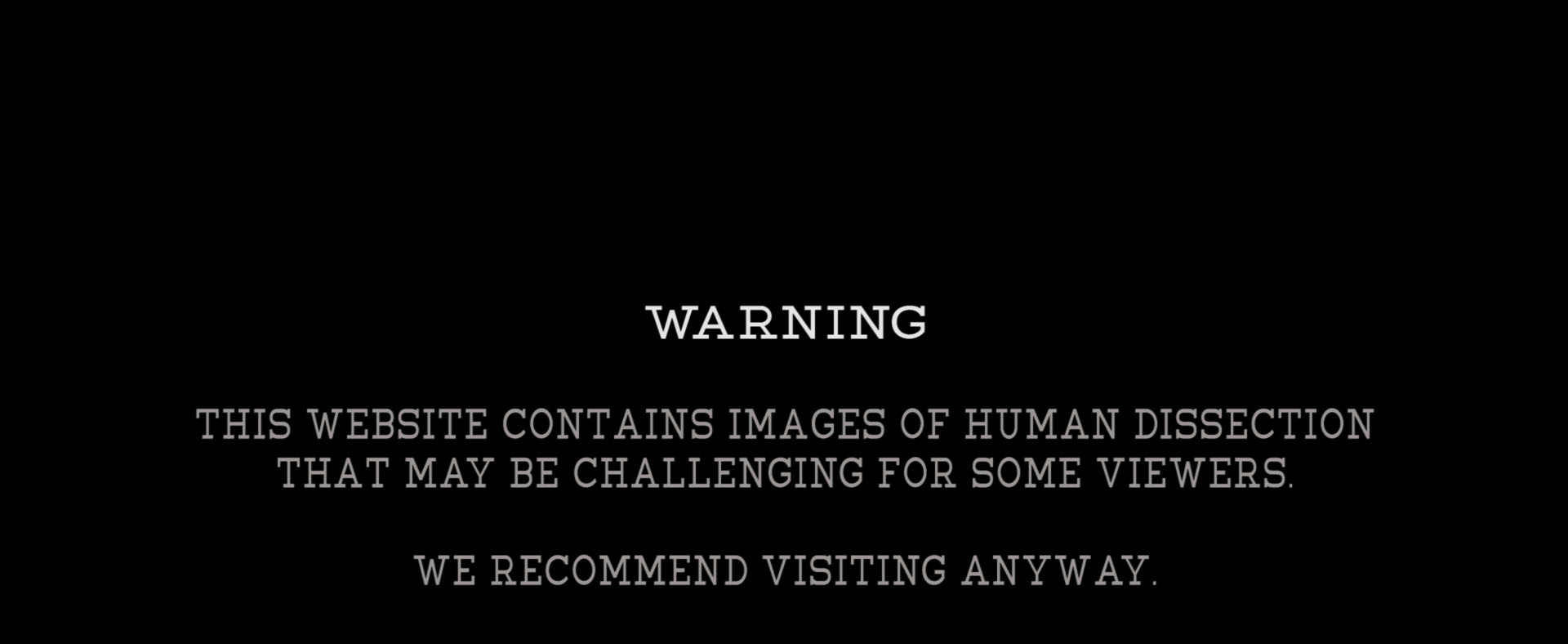Like most medical students, I began my medical school journey at the Medical College of Wisconsin with a course on anatomy. Prior to the first day, I had prepared as much as I could – watching the dissection videos, learning the anatomical structures we would focus on, and reading tips from tutors on how to be successful in the course. While I felt prepared, I was still grappling with a difficult thought – I would be dismantling a human body.
Donated Bodies
 As solemn as this thought was, there were several reasons why this was acceptable, appropriate, and even necessary. If I didn’t actively pull apart and understand the human body, how could I ever understand what was abnormal in a patient? I had to comprehend around what structures the heart could snuggly sit and which nerve passed through a certain region so as to prevent post-operative complications. And even more, prior to passing away, our subjects had given their consent to being dissected; they had donated their bodies with the hope to inspire and teach students.
As solemn as this thought was, there were several reasons why this was acceptable, appropriate, and even necessary. If I didn’t actively pull apart and understand the human body, how could I ever understand what was abnormal in a patient? I had to comprehend around what structures the heart could snuggly sit and which nerve passed through a certain region so as to prevent post-operative complications. And even more, prior to passing away, our subjects had given their consent to being dissected; they had donated their bodies with the hope to inspire and teach students.
Transformative Process
Therefore, I began this thought-provoking and transformative process much like the first year medical students portrayed in this documentary. The anatomy lab is a revered experience by all medical students as it portrays the epitome of advice consistently given by mentors, peers, and physicians – you need to know and understand what is normal – normal postures, structures, locations, textures, and sounds – so that you can distinguish what is abnormal in a patient.
The film is very representative of how students develop in anatomy. Confidence in our ability to dissect improves from the first cut to the last. Working in small groups around the cadaver helps ease the complexity that would have been otherwise too arduous for any student to complete alone. Talking with classmates made me realize everyone had different reactions that overwhelmed them. For example, eating after anatomy lab was an interesting activity as I would have to consciously forgo thoughts of what muscles I had separated just hours prior. Yet, we were all comforted in realizing the many classes prior had completed this same journey and we were united in our desire to learn about medicine and ultimately, take care of our patients.
Death is Defined as Cessation of all Biological Functions
In medical terminology, death is defined as the cessation of all biological functions. Thoughts and memories of a deceased person transcend their death and I believe this is in part why we look towards religion or fate to answer confusing and sacred questions. The documentary portrayed many viewpoints from students on the topics of death and religion. It was interesting to see the multitude of ways each student processed this journey. In the religion I follow, there is a separation of body and soul, wherein the body is just a vessel to complete the ultimate actions of the soul. So when a human dies, the soul still remains intact and might either proceed to an after-life or be re-born to wash away prior sins. And in the most basic sense, this helped separate the identity of the human being from the first patient I was dissecting.
Journey to Become a Doctor
This class challenged me emotionally, spiritually, and intellectually. It helped me grow on my journey to become a doctor. The anatomy experience is arguably the most important stepping stone in achieving the medical doctorate and The First Patient beautifully captures so much of the metamorphic progression of the first year medical students.
Sai-Suma Samudrala
MD/PhD Candidate
Medical College of Wisconsin
